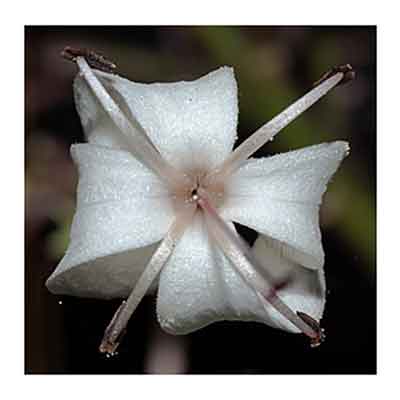
Family • Lamiaceae
Bagauak-morado
Clerodendrum quadriloculare (Blanco) Merr.
FIREWORKS
| Scientific names | Common names |
| Clerodendrum blancoanum Fern.-Vill. | Bagauak (Tag.) |
| Clerodendrum navesianum Vidal | Bagauak-morado (Tag.) |
| Clerodendrum quadriloculare (Blanco) Merr. | Bagauak-na-pula (Tag.) |
| Ligustrum quadriloculare Blanco | Bagawak (Tag.) |
| Bagawak morado (Tag.) | |
| Baligtorin (Tag.) | |
| Baliktaran (Tag.) | |
| Salinguak (Tag.) | |
| Uak-uak (S. L. Bis.) | |
| Bronze-leaved clerodendrum (Engl.) | |
| Firecracker (Engl.) | |
| Fireworks (Engl.) | |
| Philippine glory bower (Engl.) | |
| Shooting star (Engl.) | |
| Starburst bush (Engl.) | |
| Winter starburst (Engl.) | |
| Bagauak is a local name shared by three species of Clerodendron: (1) C. macrostegium, Kasopangil-na-puti (2) C. minahassae, bagauak-na-puti, and (3) C. quadriloculare, bagauak-na-pula. Also shared by Philodendron lacerum (Bagawak, Toothed philodendron). | |
| Clerodendrum quadriloculare (Blanco) Merr. is an accepted name. KEW: Plants of the World Online | |
| Other vernacular names |
| MARSHALLESE: Tirooj in belle, Risel. |
| PALAUAN: Kleuang. |
| POHNPEIAN: : Risiel, Tuhkehn Palau. |
| SPANISH: Bagawak-morado. |
Updated August 2022 / May 2017 / January 2014
![]()
 |
PHOTOS / ILLUSTRATIONS |
| IMAGE SOURCE: Photo / File:Clerodendrum quadriloculare at Fairchild Tropical Botanical Garden.jpg / Clerodendrum quadriloculare at Fairchild Tropical Botanical Garden in south Miami, FL. / Wendy Cutler from Vancouver, Canada / 3 Feb 2012 / Creative Commons Attribution 2.0 Generic license/ click on image to go to source page. / Wikipedia |
| OTHER IMAGE SOURCE: Photo / File: Close-up of Clerodendrum quadriloculare flower / Rhododentrites / Brooklyn Botanic Garden, Jam 2019 / CC by SA 4.0 / click on image to go to source page. / Wikipedia |
Additional
Sources and Suggested Readings |
• |
DOI: It is not uncommon for links on studies/sources to change. Copying and pasting the information on the search window or using the DOI (if available) will often redirect to the new link page. (Citing and Using a (DOI) Digital Object Identifier) |
| List of Understudied Philippine Medicinal Plants |
• |
 |



